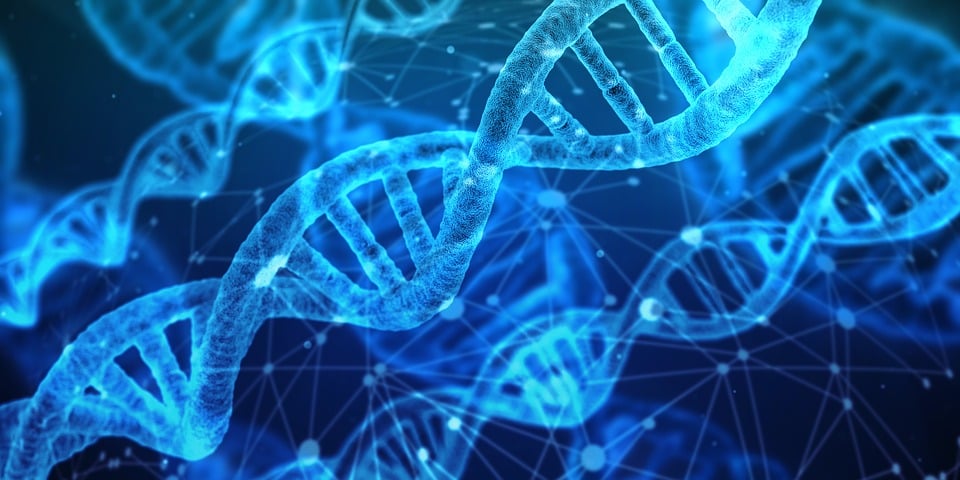Bacteria—especially Gram-negative strains—are becoming increasingly resistant to current antibiotic drugs, and the development of new classes of antibiotics has slowed. Faced with these challenges, investigators are studying the potential of combination therapy, in which two or more drugs are used together to increase or restore the efficacy of both drugs against a resistant bacterial pathogen. Now new research indicates that such synergy may work even when bacteria become resistant to colistin, which is considered a treatment agent of last resort.
The findings are especially promising because recent evidence indicates the potential for rapid worldwide spread of colistin resistance. “For an infected patient, if the multidrug-resistant Gram-negative bacterial pathogen is resistant to colistin, then there is a big problem,” said senior author James Kirby, MD, Director of the Clinical Microbiology Laboratory at BIDMC.
Read more https://www.technologynetworks.com/neuroscience/news/combination-therapy-in-the-face-of-growing-antibiotic-resistance-307521
The findings are especially promising because recent evidence indicates the potential for rapid worldwide spread of colistin resistance. “For an infected patient, if the multidrug-resistant Gram-negative bacterial pathogen is resistant to colistin, then there is a big problem,” said senior author James Kirby, MD, Director of the Clinical Microbiology Laboratory at BIDMC.
Read more https://www.technologynetworks.com/neuroscience/news/combination-therapy-in-the-face-of-growing-antibiotic-resistance-307521

Comments
Post a Comment